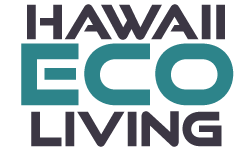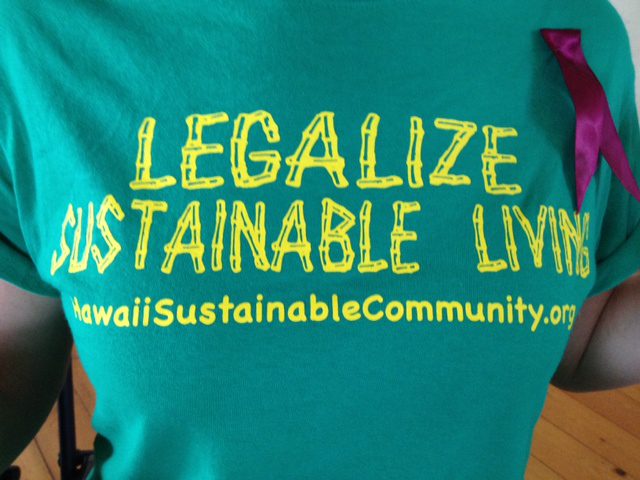They used to be called communes or co-ops or kibbutzim. Now they’re known by a whole new set of names: intentional communities, sustainable communities, eco-villages. At least 35 such communities exist or are in the planning stages on the Big Island alone. They vary wildly in some ways: from a fundamentalist Christian commune to a yoga-centered community to colonies of artists or circus performers. Some are attracting Baby Boom retirees or have the backing of dot-com entrepreneurs. But the core principles of most remain similar to those espoused when in the days when ”hippies” colonized Taylor Camp on Kauai and Alicia Bay Laurel first published “Living on the Earth”: a group of people come together to pursue a simpler, greener, more cooperative alternative to suburban subdivisions or golf-course condos.
And most of these communities have one other thing in common: they’re illegal. It’s almost impossible to get a communal living arrangement on rural land past state zoning laws and county building codes. That leaves them vulnerable: a single neighbor can build a luxury home next door, file a complaint, and bring down the wrath of state and county inspectors. Intentional community residents complain that in a climate where all that’s really needed to live comfortably are a screen house, a catchment tank, a simple solar power system and a composting toilet, building and zoning regulations seem to be designed more to sustain the real estate and construction industries than to sustain the land.

